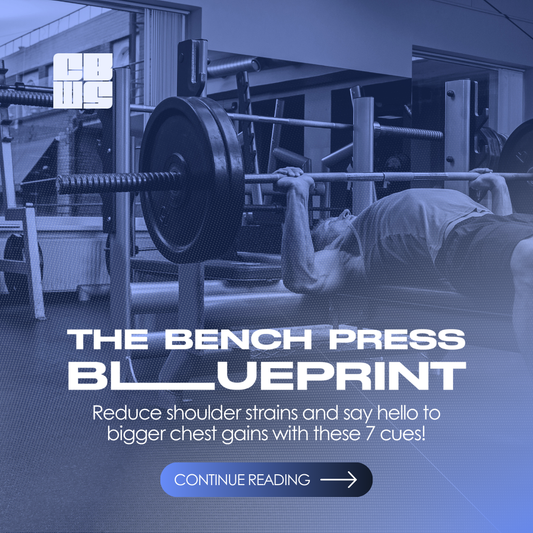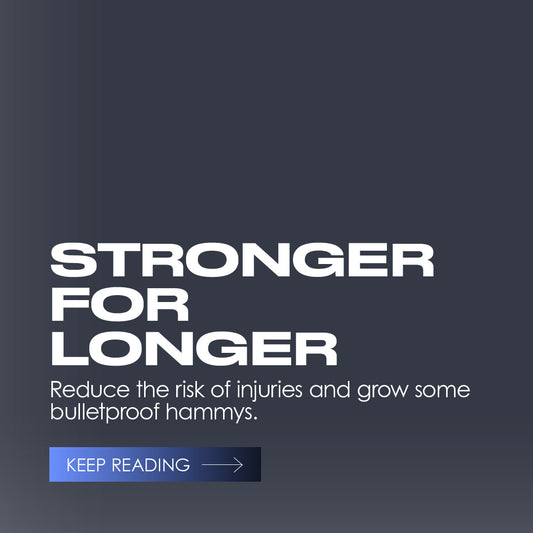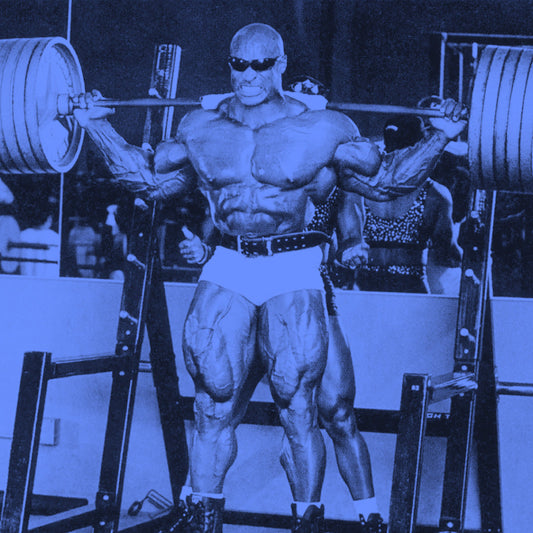Apart from being a genetic freak, taking loads of steroids, and training harder than almost any human alive, Ronnie trained with a weightlifting belt. For some of you, the lifting belt may be the next step to those bigger squats, deadlifts, and Mr Olympia-style gains.
Are You Using A Weightlifting Belt Incorrectly?
In this TikTok post, Dr. Aaron from Squat University breaks down some of the key things to know about using a lifting belt for those heavy reps.- A weightlifting belt can be a great tool for heavy lifts
- A lot of people wear lifting belts incorrectly!
- Mistake 1 – pushing your stomach out as if you’re pregnant
- Mistake 2 – pulling the belt way too tight
- Top tip – learn how to breathe and brace properly without the belt, and then move on to utilising the belt to help you put up some big numbers on the barbell
What is a Weightlifting Belt
A weightlifting belt is a simple yet powerful tool designed to support your lower back and abdomen during heavy lifts. If you’ve been looking around at the gym or online, you may have seen leather belts, velcro belts, and even lever belts, each offering its own set of benefits.- Leather Lifting Belts: These belts are known for their sturdiness and durability, making them perfect for heavy lifters who need maximum support.
- Velcro Lifting Belts: If you're looking for something lighter and more flexible, a velcro lifting belt might be the way to go. They're great for workouts that require more mobility.
- Lever Lifting Belts: Lever lifting belts use a lever mechanism for quick, secure tightening, providing excellent support for heavy lifts. They're often favoured by powerlifters for their ease of use and reliable support.
Why Use a Weightlifting Belt
The primary purpose of a weightlifting belt is to provide extra support to enhance performance during weightlifting. By increasing intra-abdominal pressure (IAP) and providing a solid brace to push against, a weightlifting belt can help stabilise the spine and reduce stress on the lower back, allowing for safer and more efficient lifts.In his video, Dr. Aaron uses the example of an unopened drink can. If you stand on that can, it ain’t gonna fold (you might roll your ankle, but that’s a post for another day). Why is the can able to hold up against your weight? The sealed pressure inside is ‘bracing’ the can, increasing its ability to withstand the pressure.
Failing to breathe and brace properly is like pouring out the liquid from the can – once it’s empty, your foot is going to crush that can like a frog on a freeway.
How to Use a Weightlifting Belt Correctly
Wearing a weightlifting belt is more than just strapping it on. To get the most out of it, you need to think about:- Positioning the Belt: Place the belt around your midsection, with your belly button approximately at the centre. Some lifters like to wear it a little higher, but if you’re just testing it out, start at the centre.
- Breathing Into the Belt: Learn to breathe into the belt by taking a deep breath and bracing your core against it. This increases intra-abdominal pressure which is going create that ‘full can’ stability we’ve been talking about.
When to Use a Weightlifting Belt
A lifting belt is most beneficial during heavy squats, deadlifts, and overhead lifts, where that bit of additional support is needed. It’s designed to restrict your flexibility, so if you’re using it for a mixed workout (like a CrossFit WOD) you’re going to want to be able to quickly rip it off when you go on to other movements.
Avoid wearing a lifting belt during light lifting or warm-up sets, as it can limit the development of core strength and natural stability. Over-reliance on the belt can also weaken your core muscles over time. You also want to avoid using a belt on abdominal exercises and isolation exercises, as it can be counter-productive to the purpose of these movements.
But when it’s time to hit that new back squat or deadlift PR… buckle up, let’s gooo!
What Does the Research Say about Lifting Belts?
There is research out there to show that a weight-belt can assist in helping you hit those PBs. In this study, six subjects performed squats under different conditions: without a belt, with a light belt, and with a heavy belt, at 70%, 80%, and 90% of their maximum lifting capacity. The researchers measured ground reaction forces, intra-abdominal pressure, and muscle activity using EMG. They found that wearing a weightlifting belt always increased IAP, providing more support to the trunk during heavy lifts.
Choosing the Right Weightlifting Belt for You
When choosing a weightlifting belt, you’ll want to consider factors such as material, size, and thickness. As we mentioned earlier, leather belts offer more support and durability, while velcro belts are lighter and more flexible. Leather belts typically feature a buckle which is super sturdy, but it’s also going to require a little more dexterity to get it in place.
Buckle Up For Better Lifts
Visit the ChasingBetter online store today to check out our best weightlifting belts. Whether you're an up-and-coming Ronnie Coleman or just starting out, we can supply the belt to take your lifting game to the next level.



